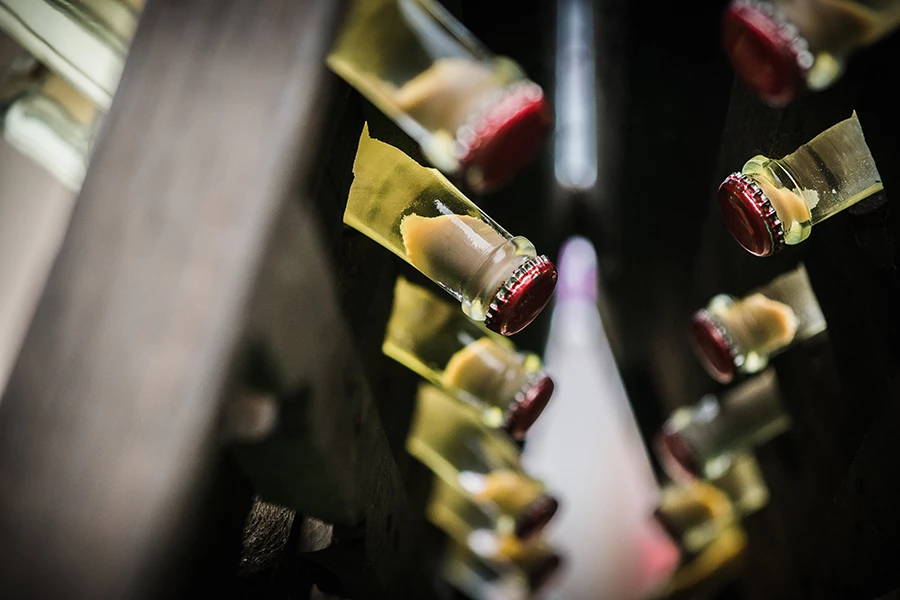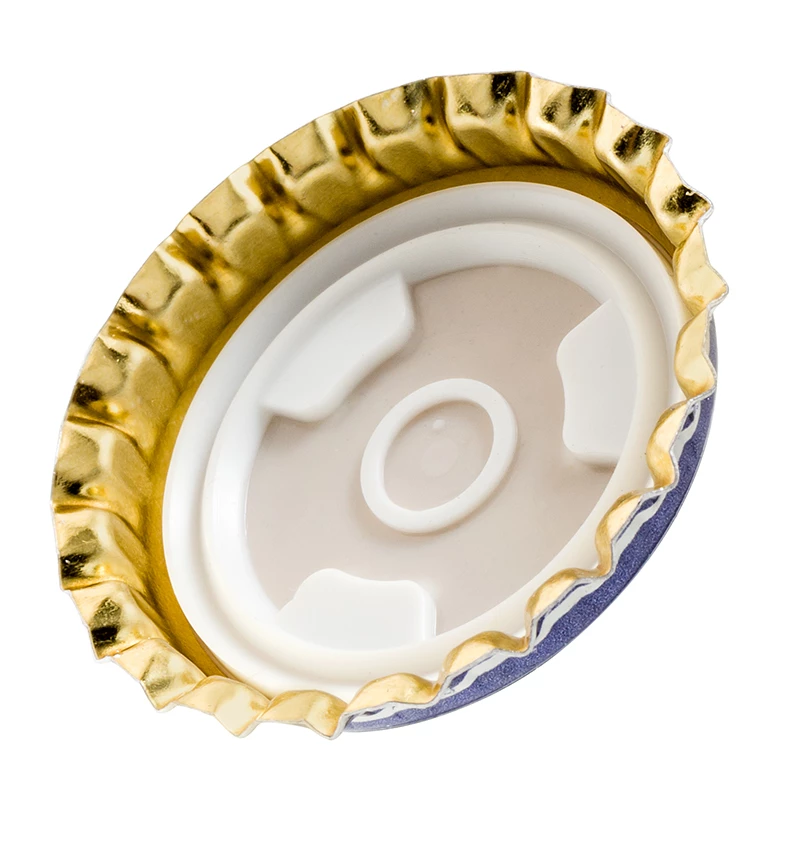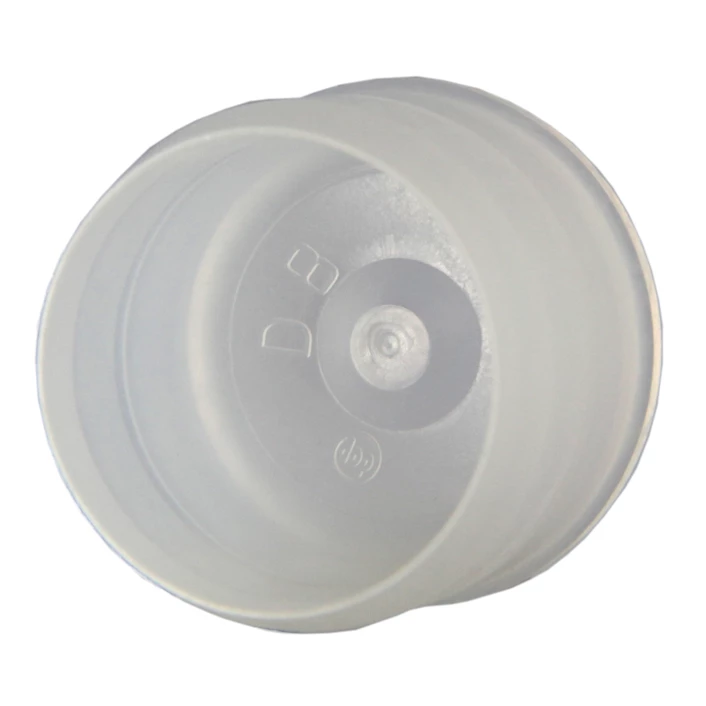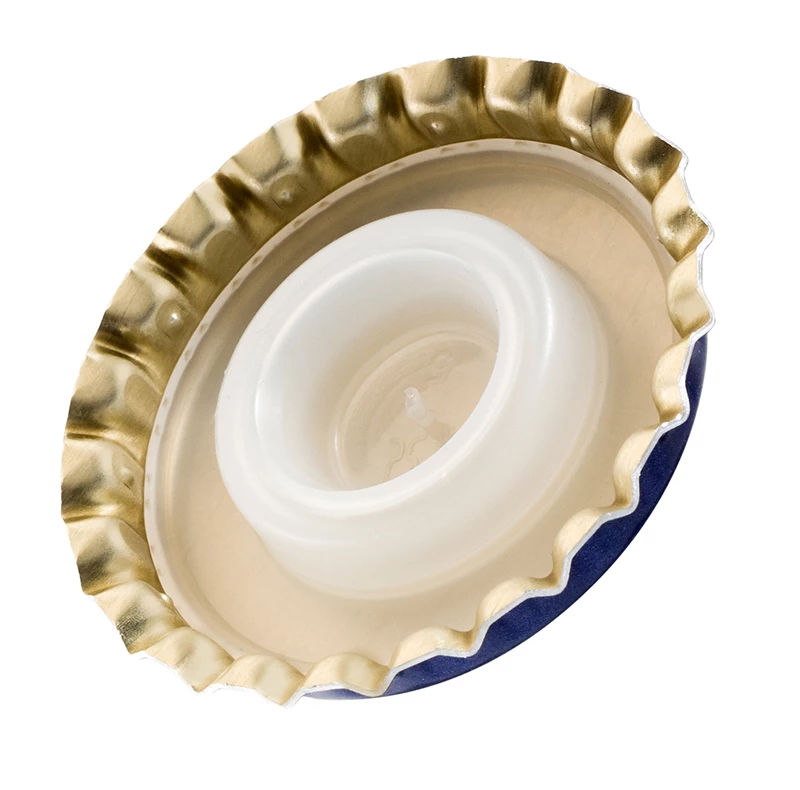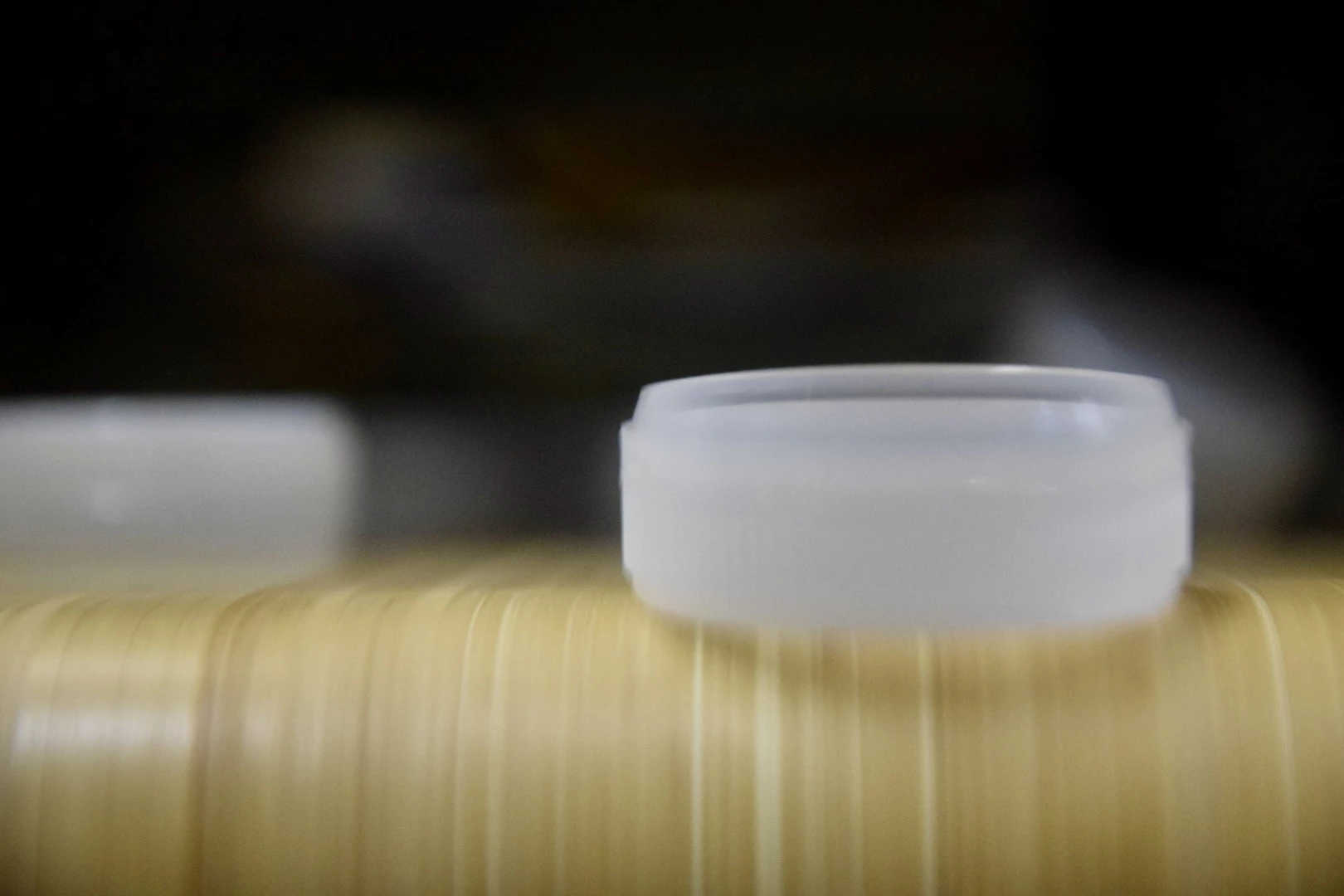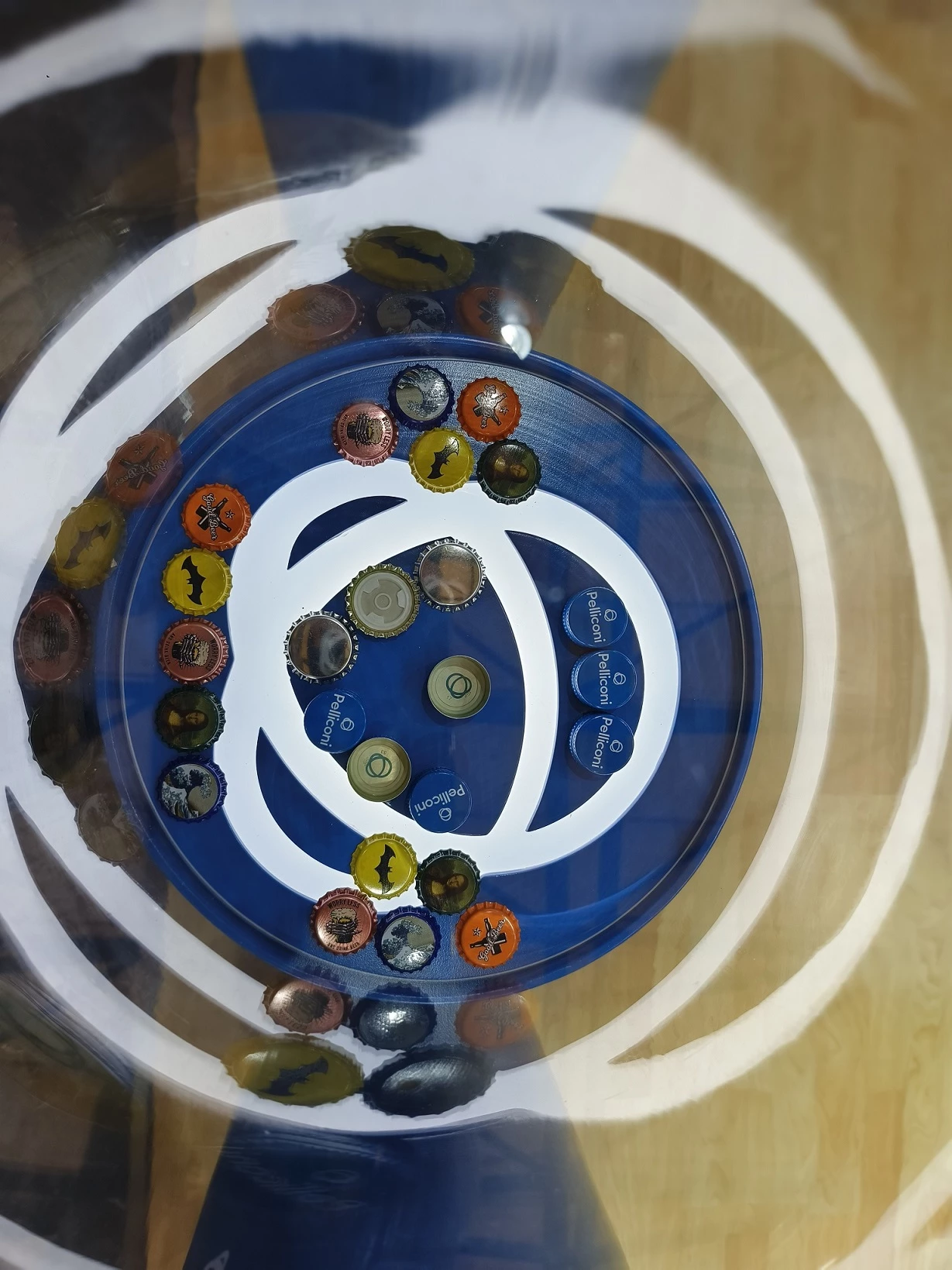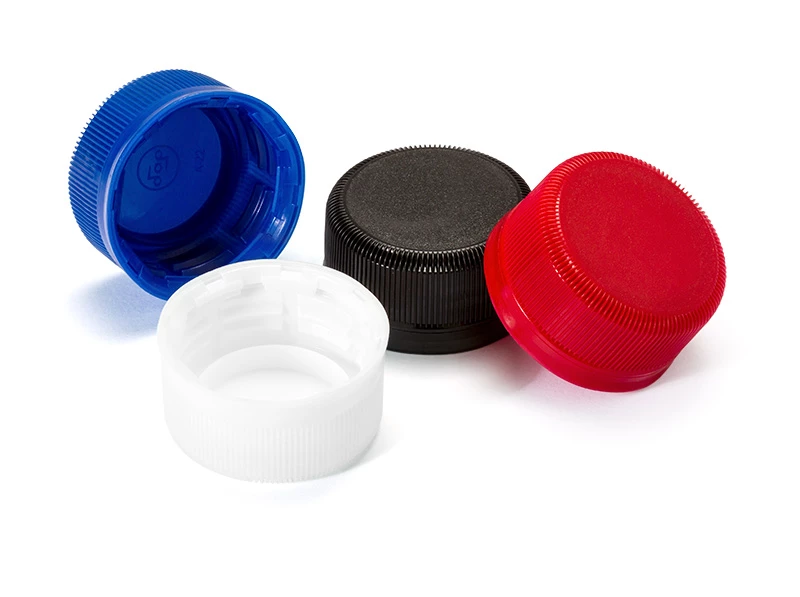Traditional Method and bubbles: how to choose the right sparkling wine cap?
The choice of the crown cork can significantly influence the evolution of the drink's fermentation process, and this happens especially in the world of wine, in particular with regards to champagne.
How is the Traditional Method sparkling wine born?
To produce a bottle of champagne, the method used is the Traditional Method, also called Champenoise; a long process that involves a double fermentation, first in the vats and then in the bottle, and it is precisely during this second fermentation that Pelliconi's products dedicated to the wine world are used. Let's briefly see the most important stages in the production of this precious drink: • After the harvest, which is only manual, the pressing takes place. At the end of the pressing, the decanting and the cleaning of the residues from the must, the alcoholic fermentation takes place in stainless steel or wood, at a controlled temperature. After about 3 months of contact with the lees, a vin clair is thus obtained. • Then we move on to the assemblage which consists in blending different vin clairs from different crus, vines, and vintages from which the cuvée is obtained. • Once sugars and yeasts have been added, the second fermentation starts, followed by maturation in contact with the lees, essential to give the Champagne its aromatic notes. At this point, after contact with the lees, the manual or mechanical remuage takes place, which consists of rotating the bottles by a few millimeters every day to let the deposits slide into the neck of the bottle. Once the vertical position is reached, with the neck down, called "sur pointe", the deposit will be removed at the time of disgorging. • In the last phase, a dosage liquor is added, called liqueur d'expédition, often made up of cane sugar dissolved in the wine, in variable doses according to the type of wine.
The cork importance in the fermentation phase
The competence and quality of Pelliconi's products come into play during the second fermentation. In this phase, the bottle can be capped with two types of closures:
The 29 mm crown cork P103 + separate bidule
The P103 profile is used in combination with the "Obturateur Dap" (also known as bidule).
The bidule is a PE insert suitable for the 29 mm openings of Champenoise or Classic method bottles with an internal volume of 37.5 cl for the half bottle, 75 cl for the bottle and 150 cl for the magnum, in compliance with standards AFNOR NF H 35-022 and NF H35-029.
The 29 mm crown cork with "Opercule"
The 29 mm cap with "Opercule" has the same function as the 29 mm P103 cap + bidule and represents its alternative in a single solution: in fact, "Opercule" has a small container, to collect the wine lees, which becomes a single body with the liner, without the need for a bidule. It is perfect for vinification according to the "Méthode Traditionelle". Furthermore, the polyethylene (PL) liner has excellent organoleptic properties.
Our crown caps preserve the precious liquid during the second fermentation, while the yeasts, which gradually die at the end of the second fermentation, are deposited inside the bidule, thus making their expulsion easier at the time of disgorging.
Disgorgement: what it is, what it is used for?
Disgorgement, which can be à la volée or à la glace, consists in removing the sediment that was collected in the neck of the bottle during the remuage. It is a crucial moment in the life of a wine, and this is why the choice of the crown cap is also fundamental. The task of the bidule is to collect all the residues of the second fermentation which absolutely must be removed from the bottle. At the end of the disgorgement and after the addition of the liqueur de dosage, the P103 crown cork + bidule or the 29 mm Opercule cap are replaced by the mushroom cap for placing on the market.


